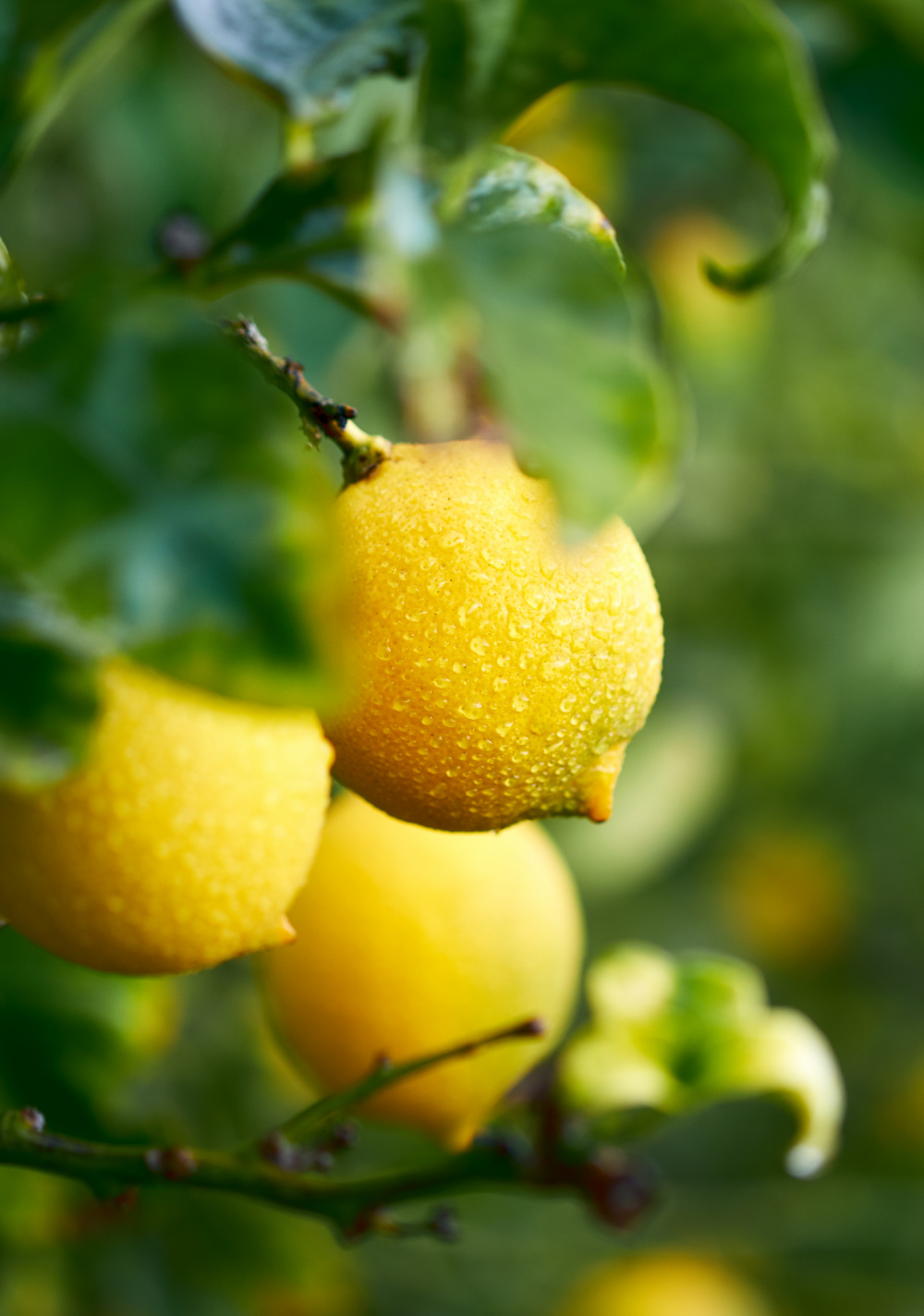
Whenever you visit a gorgeous garden, a chat with the owners will always reveal one thing: they feed it a lot! It makes sense of course when you consider that our gardens are a concentrated group of plants, all brought together on the same patch of soil. From the tallest feature trees right down to the smallest groundcovers, they all want a share of the nutrients.
While most gardeners feed their garden in spring, the other important season for plant sustenance — and one which often gets forgotten — is autumn. By this time of year, last spring’s fertilisers are all used up and it’s the last chance to give your plants a nutrient boost and get them in peak condition before the cold weather arrives. The payoff is that well-fed plants can withstand winter better, and will bounce back into action much faster when spring rolls around.
This is a great time of year to go organic with your fertilising regime, enriching the soil with products such as animal manures (especially cow and poultry) and blood and bone. As the old gardening adage goes: “Feed the soil and the soil will feed the plants.”
Garden beds, shrubs and hedges
If you have a larger garden, throw a bag of manure into a wheelbarrow and do a full tour of your garden beds, spreading as you go. Apply generously as a mulch and then fork over lightly, to help incorporate into the soil below. If you can, do this after rain when the soil is damp, and always water well after you’ve finished the job.
In the case of hedges, it’s sometimes necessary to rake away a little of the built-up leaf litter first, so that the fertiliser comes into proper contact with the soil and doesn’t just sit on top.

Lawns
Lawns that are fed in autumn will go into winter much stronger and better able to withstand the cold. They’ll also look better. Rather than using a hose-on product at this time of year, apply a slow-release granular fertiliser, which will gradually release its nutrients over the next few months. Look for one of the organic-based types, so that you are gently feeding the soil below with lots of natural goodies and encouraging the soil microbes to thrive.
Tip: If your lawn has a base of clay soil that has become compacted over the summer months, use a garden fork to spike it all over, then spread a dressing of gypsum. This helps to loosen up the soil structure, without altering the pH.

Citrus
Often described as being permanently hungry, citrus trees always need a nutrient top-up in early autumn. It’s best to use a citrus-specific fertiliser, which contains all the trace elements they need, and to apply it in a band beneath the outer foliage — known as the dripline — which is where the main feeding roots of the tree are located.
You can feed citrus in containers now too, such as cumquats and dwarf lemons. Container-grown plants need lower doses, so always follow the directions on the fertiliser packaging.

Potted plants
Don’t forget your container plants when you’re splashing the food around. If you’ve planted seedlings for cool season colour, such as pansies and violas, keep them flourishing through autumn with doses of a soluble fertiliser applied every couple of weeks. The same goes for vegetable and herb seedlings.
In the case of larger container plants, such as spring flowering azaleas or camellias, give these guys a dose of a slow-release fertiliser (using the dosage rates recommended for pots) and make sure they are watered in well.